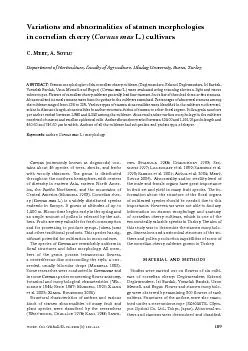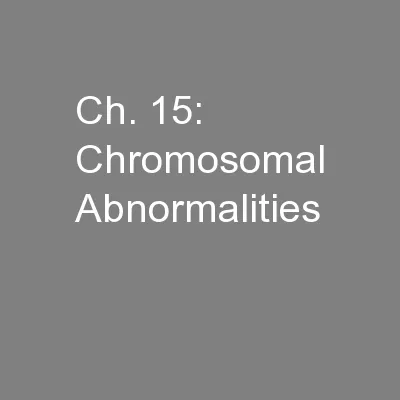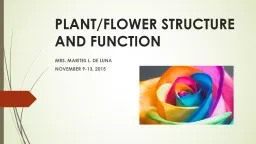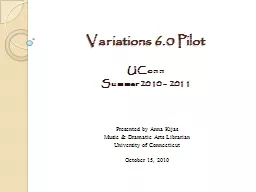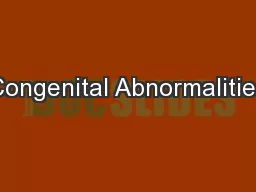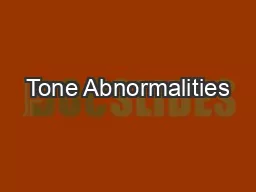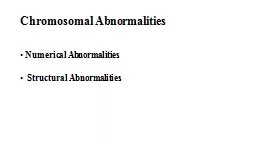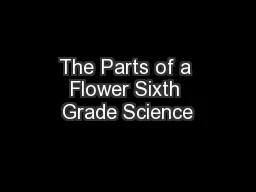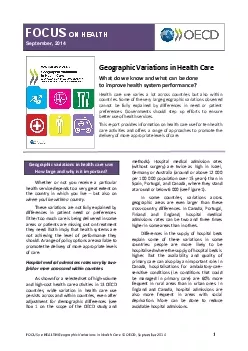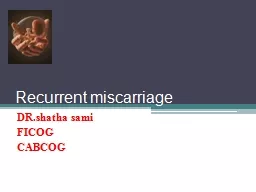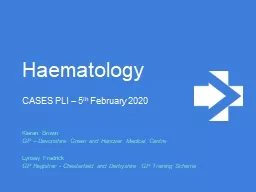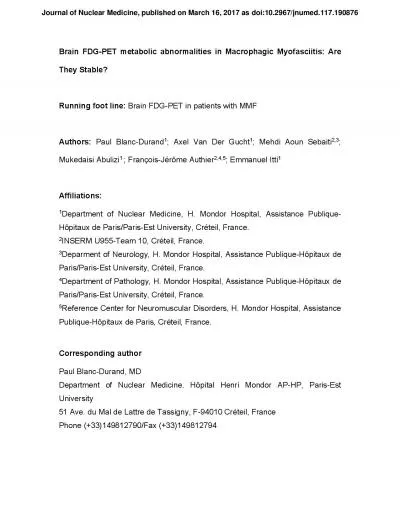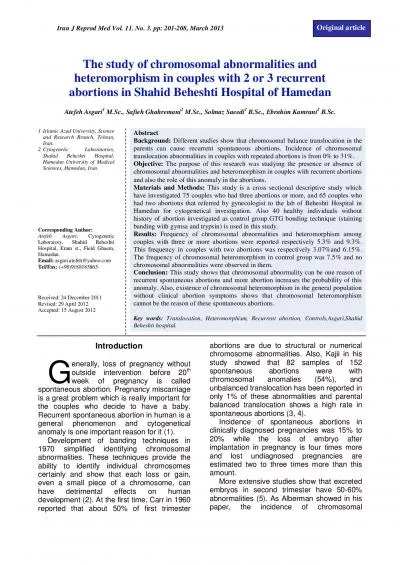PDF-Variations and abnormalities of stamen morphologies
Author : phoebe-click | Published Date : 2015-10-31
in cornelian cherry Cornus mas L cultivars C M A S Department of Horticulture Faculty of Agriculture Uludag University Bursa Turkey ABSTRACT Stamen morphologies
Presentation Embed Code
Download Presentation
Download Presentation The PPT/PDF document "Variations and abnormalities of stamen m..." is the property of its rightful owner. Permission is granted to download and print the materials on this website for personal, non-commercial use only, and to display it on your personal computer provided you do not modify the materials and that you retain all copyright notices contained in the materials. By downloading content from our website, you accept the terms of this agreement.
Variations and abnormalities of stamen morphologies: Transcript
Download Rules Of Document
"Variations and abnormalities of stamen morphologies"The content belongs to its owner. You may download and print it for personal use, without modification, and keep all copyright notices. By downloading, you agree to these terms.
Related Documents

